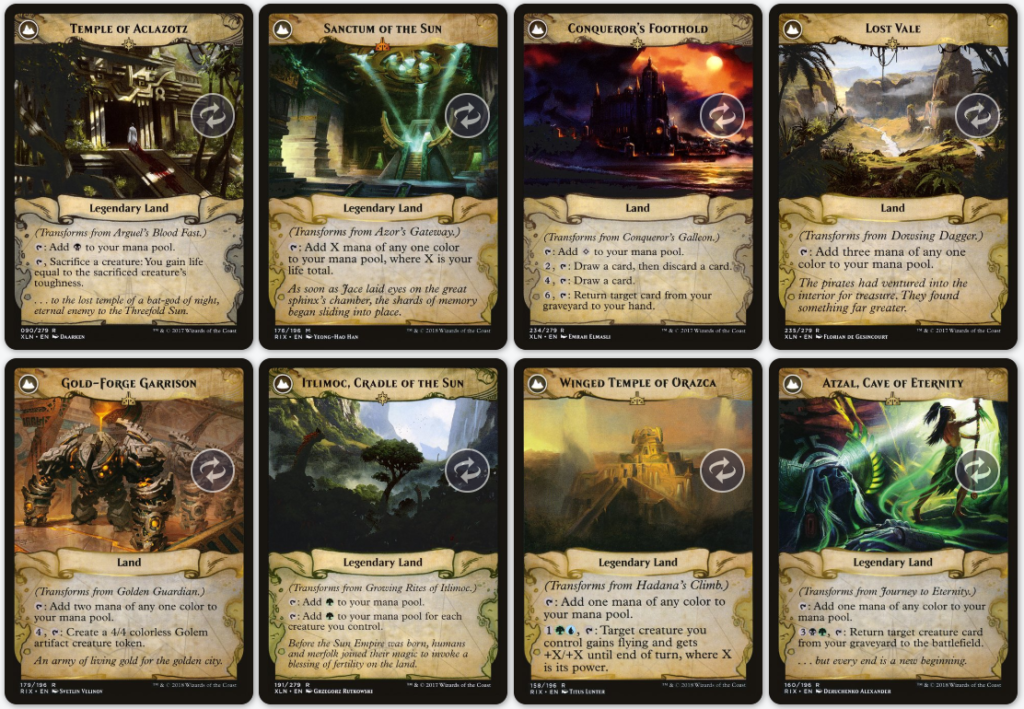To celebrate the reveal of our free Ikoria Preview Card Manascape Refractor, Kristen takes a look at some of the best things to do with the newest EDH mana rock.
If you haven’t checked out my preview article on the coolest new mana rock on the block, I’d advise you to go check it out right now to learn about this great new artifact. Otherwise, let’s get down to it. What makes this rock good, and what utility lands are best to run with it?
The Manascape of EDH
Looking at Commander right now, the sheer prevalence of five-color decks stands out in most local metagames. Golos, Tireless Pilgrim is probably the most egregiously represented, with many a casual deck choosing the Scout to helm their piles of rares from their trade binder. Likewise, with Secret Lair reprints of The Ur-Dragon, Reaper King, and Sliver Overlord, five-color tribal decks have also seen a resurgence. When you combine these with the fact that most decks like to play at least three colors anyway, you’ll end up with the average manabase in a game of Commander having access to some seriously good lands.
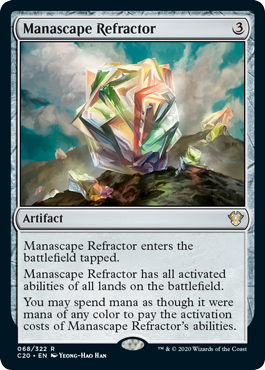
Despite the change to the playscape that the current pandemic has wrought, this is no different online. In fact, manabases are cheaper on MTGO, and most of the enfranchised players who will set up to play webcam EDH will no doubt have strong decks too. All in all, it provides fertile ground for the new Manascape Refractor to do a lot of work. It’s clear that taking advantage of your opponent’s lands will be pretty sweet, but what lands are you aiming to take advantage of? Which are the best ones to run with this rock?
Big Mana
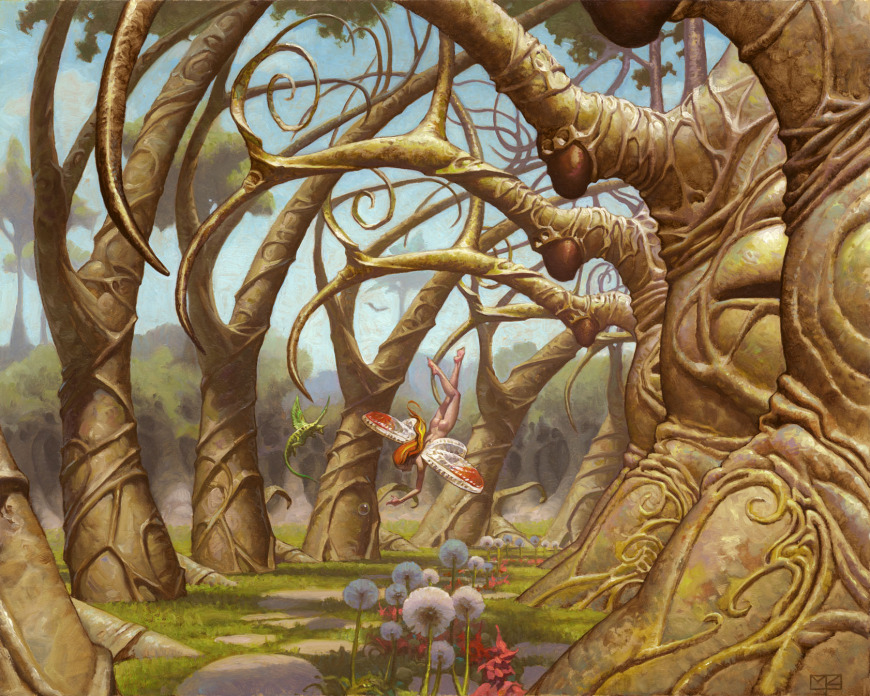
The most obvious, and splashiest lands to take advantage of are no doubt those that can produce a lot of mana. Gaea’s Cradle, Cabal Coffers, and Nykthos, Shrine to Nyx are all amazing lands in their own right, and players have been using Vesuva and Thespian’s Stage to copy them for many moons. The chance to have Manascape Refractor as a second copy that’s still flexible is incredible, and makes the relatively new Nyx Lotus look like little league.
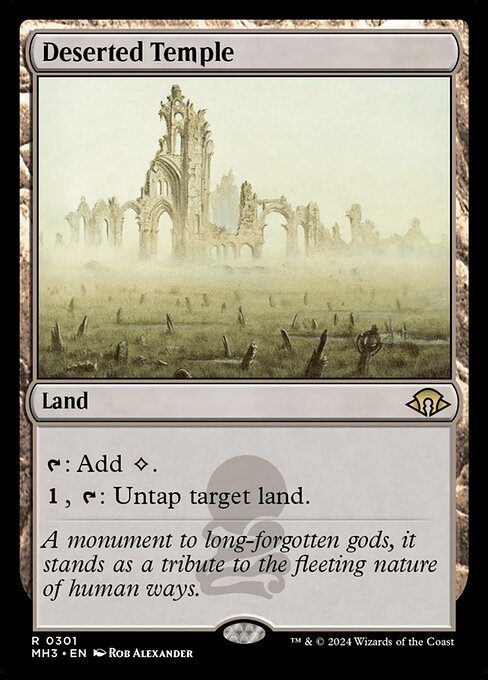
Of course, if you’re running these lands anyway, I’d look at Deserted Temple too. It’s a great way to untap them, and shaves off a little mana when using the Refractor with cards like Cabal Coffers, as you can use the Deserted Temple effect instead. If you’d like to really go over the top, you can add in Rings of Brighthearth to make as much mana as you’d like. The Rings ability will let you copy the untap ability on the land and do some silly, silly things. Copying the untap ability won’t be able to untap the Refractor, as it’s not a land, but Rings can still be useful with Manascape Refractor anyway.
Big…ish Mana
Having access to those kind of pricey lands can be a barrier to entry for sure. If you’d still like to have fun with the Refractor, you can do some other cool things to generate more mana. Storage counters are a fun one to experiment with, for instance. In a dedicated proliferate deck, you’ll be able to use the Refractor to produce any kind of mana a storage land you have in play, like Saltcrusted Steppe, can produce. This flexibility is pretty cool, and means you’ll be able to better manage your mana production.
As far as colorless mana, if you’re running Ancient Tomb, you’ll be able to take even more damage from the Manascape Refractor to produce some extra mana. You better have some lifelink handy! Temple of the False God is of course a budget alternative, but I would never advocate for running that card if I could help it.
Much more reasonable to include are Lotus Vale and Lotus Field. Both of these will tap for three mana of any one color, and the drawback of having to sacrifice other lands can be somewhat mitigated by deckbuilding adjustments. Having an extra Gilded Lotus is never a bad thing. If you’d like to go just one higher, then Scorched Ruins has the same cost to play, but grants four colorless mana.
Flip Reverse It
The cycle of “flip” lands from Ixalan & Rivals of Ixalan have quickly become firm favorites amongst EDH players everywhere, and the conditions to flip them are deliberate. The lands on the other side of these artifacts, enchantments, and vehicles are some of the strongest lands in the game. Itlimoc, Cradle of the Sun is a functional reprint of Gaea’s Cradle, for instance. These lands will be high on the list of things you’ll want a second copy of, and for me, the biggies are the aforementioned Growing Rites of Itlimoc, Dowsing Dagger, and Storm the Vault, which is essentially Tolarian Academy.
Seeing these cards across the table may give you pause for thought if you have a Manascape Refractor to play, and it might be correct to let them transform so you can enjoy the spoils too.
Do a Barrel Roll
There are a number of cool niche things to do with Manascape Refractor too. Having an extra way to use Inkmoth Nexus (without summoning sickness, if you play the Refractor the turn before) can keep the surprise infect kill a surprise just that much longer. Having essentially a second copy of Oran-Rief, the Vastwood, Ruins of Oran-Rief, or Forge of Heroes means that your creatures and Planeswalkers can come into play with just that much more potency.
Cards like Maze of Ith, Kor Haven, and Spires of Orazca (the flipped Thaumatic Compass) are all great ways to protect yourself, and having extra copies of those lands can be back breaking for combat focused decks. Likewise, being able to take advantage of an opponent’s can give you the time needed to remove it and get back to hitting them in the face.
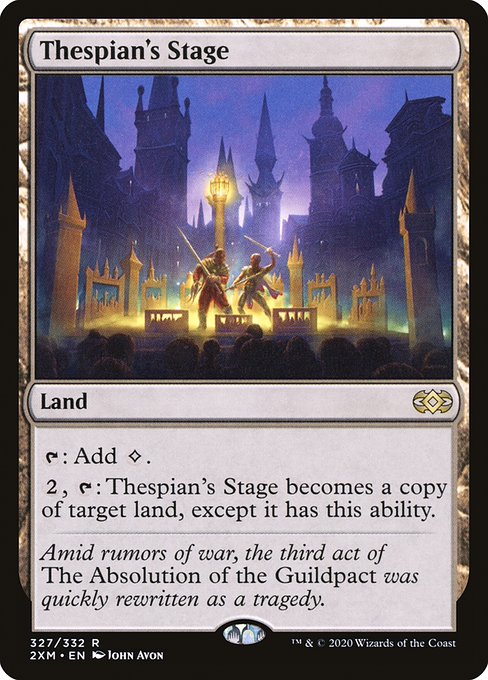
Perhaps my favorite trick with Manascape Refractor, however, is to hide it from artifact removal. If there’s a Thespian’s Stage in play, you can have the Refractor become a copy of a target land in play, dodging removal and essentially turning it into a Thespian’s Stage until you can bounce it, flicker it, or otherwise reset it. In a pinch, you can still just copy a fetchland to at least get a land in response to removal too.
Two-for-One
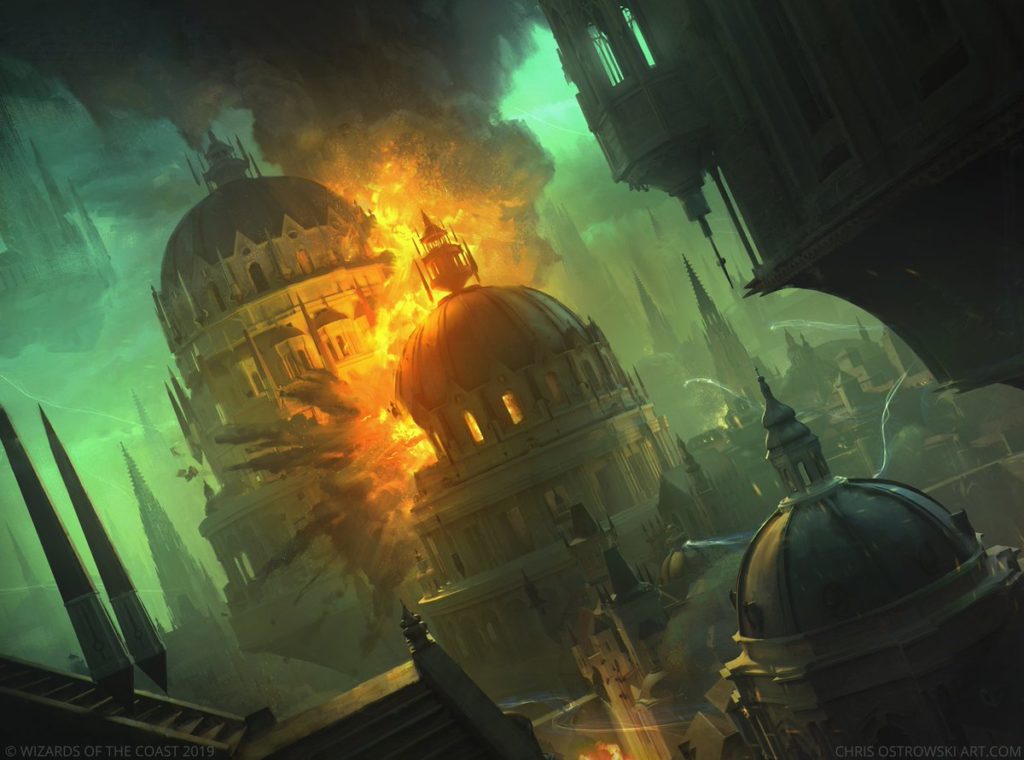
One of the most common ways you’ll end up using the Manascape Refractor is as a way to get a second use from a land you have that must be sacrificed for an effect. Rather than being restricted to a single use, you can trade your Refractor for a second bite at the appe. What kind of value can you get from a random sacrifice ability on a land? Everything from Strip Mine effects like Ghost Quarter or Field of Ruin, one-time effects like Emergence Zone, Buried Ruin, and Inventors’ Fair—or even something like Blast Zone. As long as you keep any charge counters off your Refractor, Blast Zone even gets an upgrade by sacrificing for zero to get rid of tokens, Engineered Explosives style.
By sacrificing the Manascape Refractor instead of the land itself, you’ll be able to get another activation out of the lands, and not leave yourself behind on land drops. You still have to sacrifice your mana rock, but the flexibility and value is strong. There are many builds that won’t care about sacrificing Manascape Refractor, and some that will be able to recur it with ease. Those decks will benefit a lot; having two Academy Ruins in play has the potential to set up some crazy turns.
Improvise, Adapt, and Overcome
There’s a few more cool things you can do with Manascape Refractor that are a little less obvious. Firstly, if any lands in play are enchanted with an aura that grants them an ability, you’ll be able to copy that ability. That of course includes improved mana production from Gift of Paradise or Sheltered Aerie, but also drawing cards from Underworld Connections, and making tokens from Spawning Grounds.

There’s also the option to enchant the refractor itself with something like Mechanized Production. This will grant you more Refractors—admittedly they’ll come in tapped, but if you have a way to untap them like Manifold Key, you’re laughing. Your opponents won’t be, though, especially as you’ll be able to potentially use a Strip Mine every turn, whilst still hitting your land drops. Neat.
The Real Winner
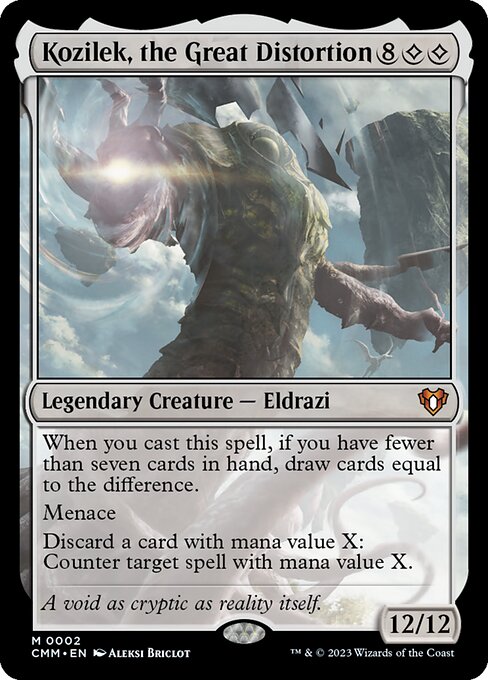
Honestly? I think the real winner here is the player with the colorless Commander deck. Not only are they able to put their own colorless mana into the activated abilities of Manascape Refractor “as if they were mana of any color,” but they get arguably some of the best lands to have extra copies of. I’ll warm you up a little before I get too spicy—how does having an extra Urza’s Tower sound? Yeah, that’s actually pretty good. Having a second copy of Shrine of the Forsaken Gods? Yeah that’s also pretty good.
Where it gets silly, though, are cards like Eldrazi Temple, and the biggest, baddest colorless land of them all, Mishra’s Workshop.
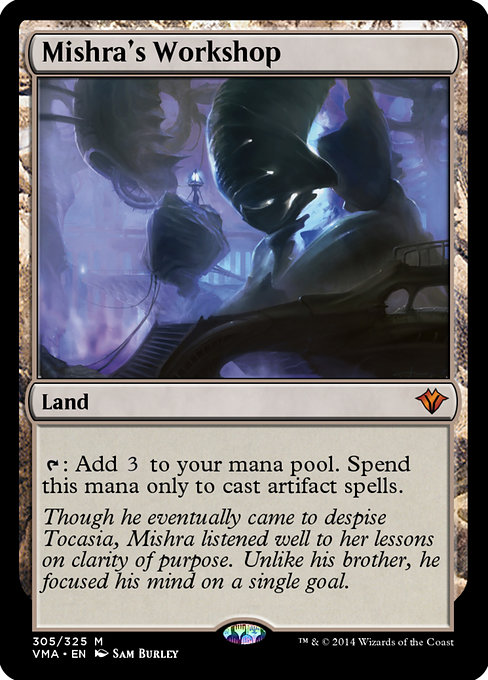
Playing Mishra’s Workshop on turn 1, slamming down Manascape Refractor, and then following it up with Mana Crypt and a land drop gives you a potential nine or even ten mana on turn 2. Granted, six of that is only for artifact spells, but still. That’s an absurd amount of mana. Even dropping an Ancient Tomb Turn 2 after a turn 1 Mana Crypt plus Wastes into the Refractor gives you access to seven (or eight, with the right land turn one), and that can be spent on whatever you’d like. There are some sweet lines with Refractor in a colorless deck, and some of them can also be had in artifact decks, or decks big on Eldrazi and Cabal Coffers like Rakdos, Lord of Riots.
In Closing
Manascape Refractor is a really cool card, and one that I expect will make waves for years to come. It’s always going to be relevant, and though the coming into play tapped part does give it a downside, I think it’s warranted—without that drawback, it might just be busted levels of good. Also, any card that makes City of Ass playable is a winner in my book.
Did I miss anything? What are you looking forward to refracting? Let me know on Twitter to continue the discussion!
Based in the UK, Kristen is a lover of both Limited and Commander, and can most often be found championing the Boros Legion when called upon to sit down and shuffle up.


